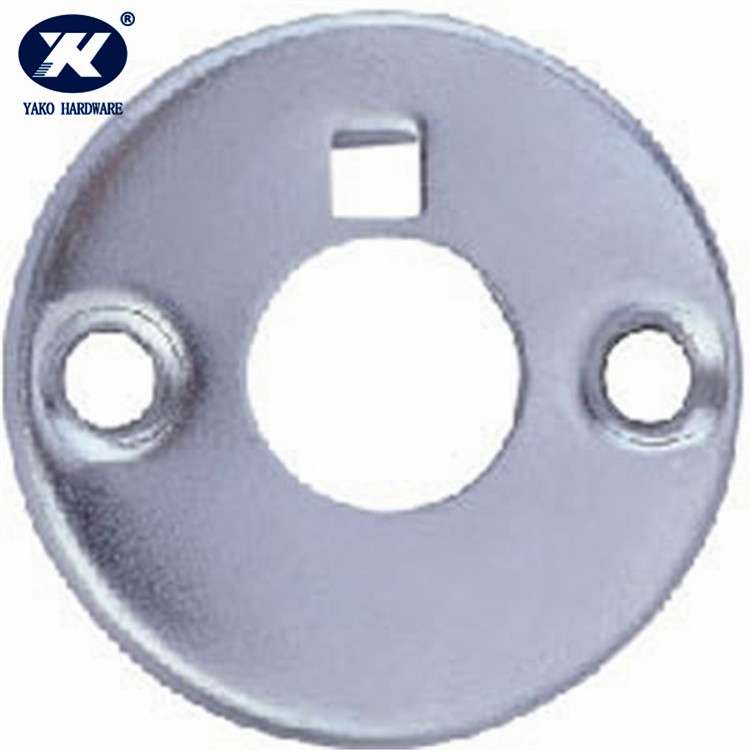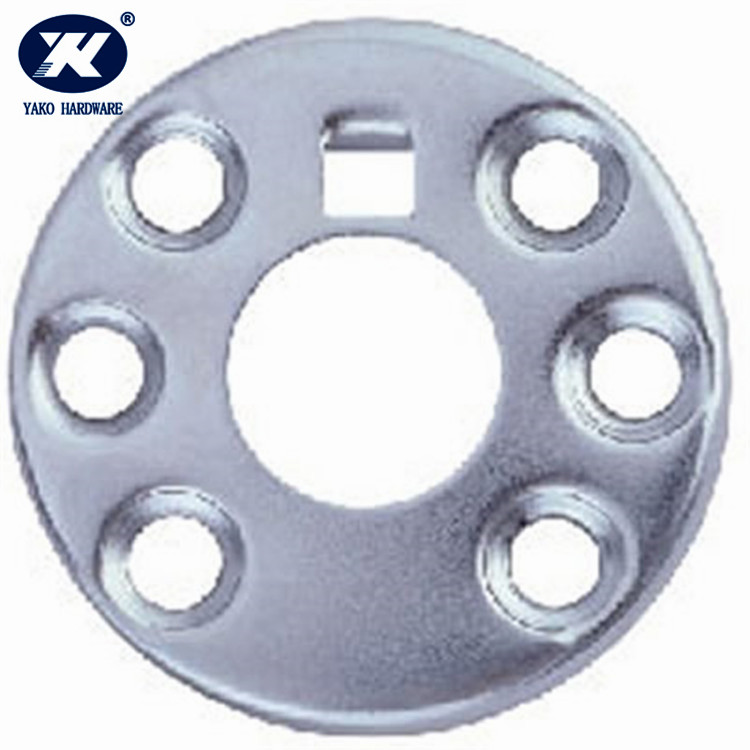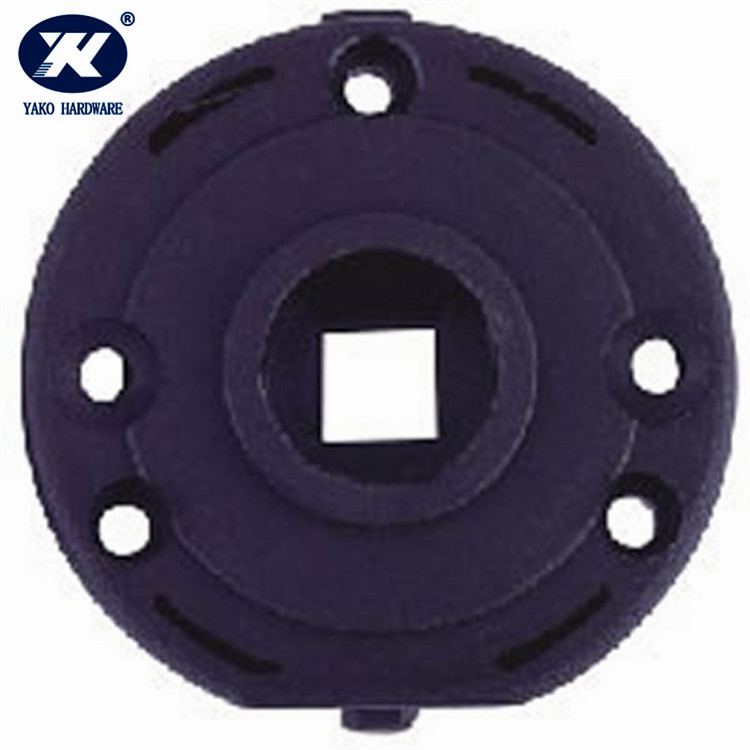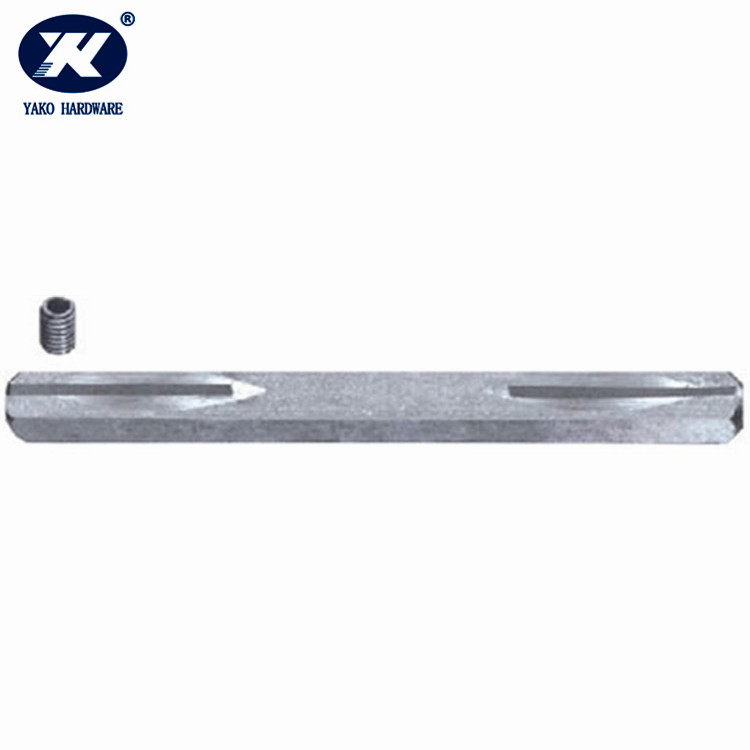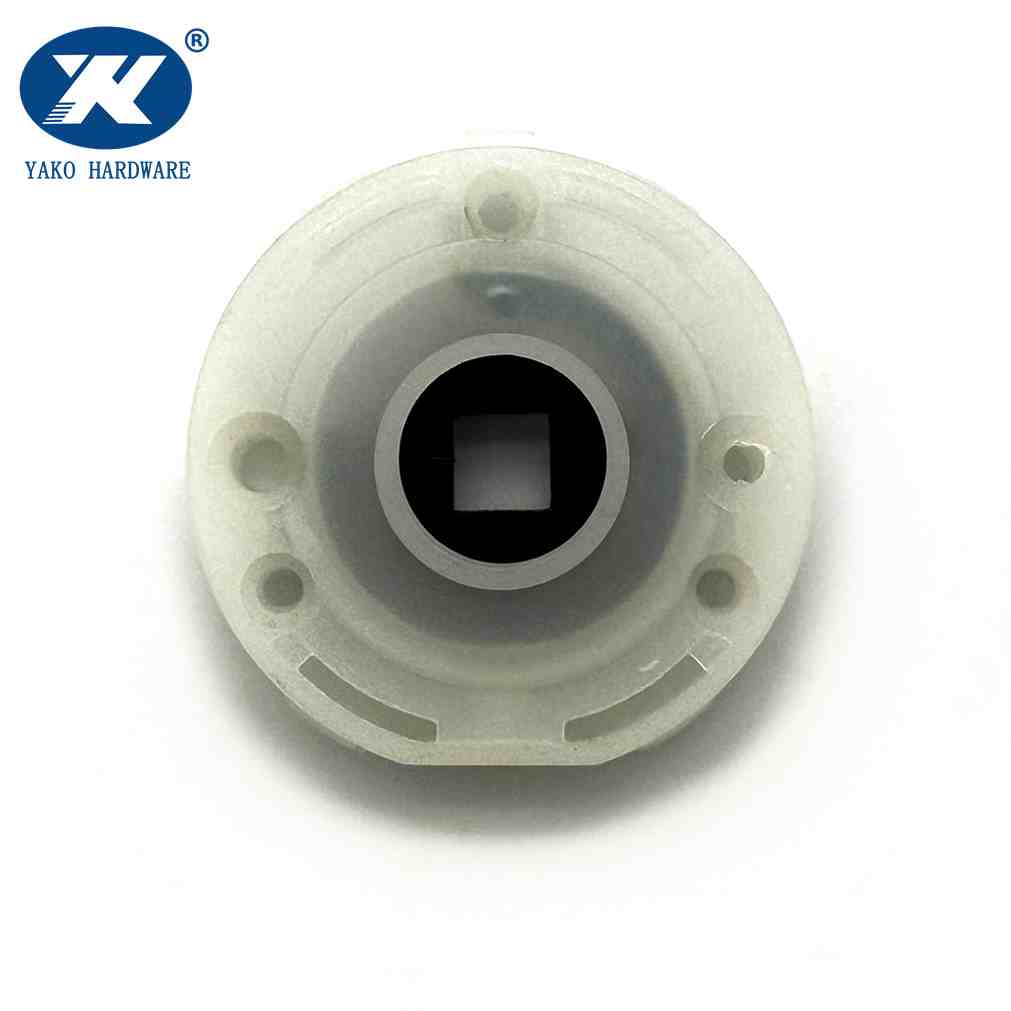Plastic Rosette for Door Handle
- Product Information
Installation is quick and easy, requiring only basic tools and hardware. Simply hold the plastic Rosette for door Handle in place and secure it with screws or adhesive for a strong and long-lasting connection. The versatility of plastic garlands makes them a valuable addition to any tool kit, providing a simple yet effective way to enhance the visual appeal of your creations.
Our plastic rosette for door handle is made of high-quality plastic, making them durable, lightweight, and easy to install and maintain. Available in classic white and stylish black, they easily complement any door style and color scheme. Whether you’re looking to enhance the elegance of an interior door or add a touch of sophistication to an outdoor entryway, our rosette is the ideal choice.
The plastic rosette for door handle is designed with form and function in mind. Its smooth, rounded edges provide a comfortable grip, ensuring effortless opening and closing of your door every time. The minimalist design adds a modern touch, while the sturdy construction ensures long-lasting performance, making it ideal for high-traffic areas of your home.
Our user-friendly design makes installation a breeze. Each door handle comes with all the necessary hardware, allowing you to quickly upgrade your door handles. Whether you’re a DIY enthusiast or a first-time home improvement expert, you’ll appreciate the easy installation process that requires no special tools or specialized knowledge.
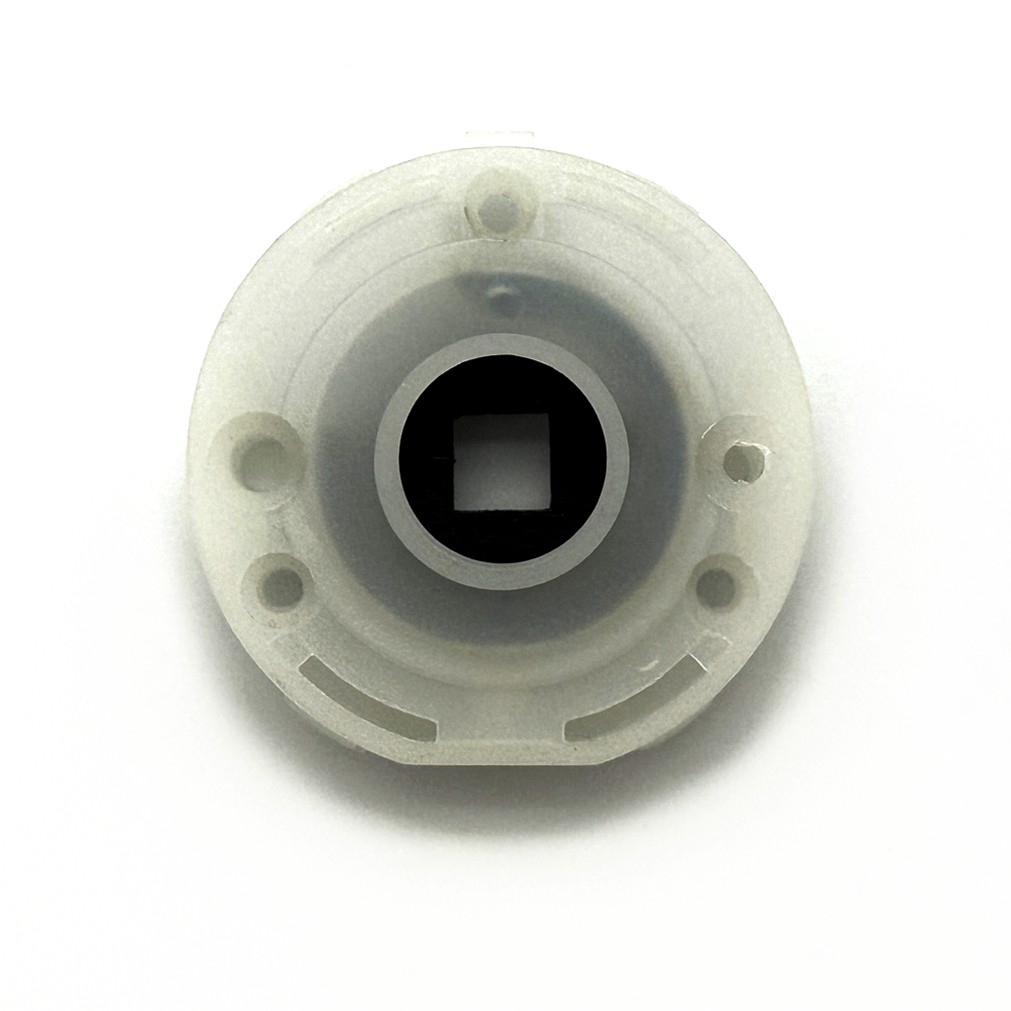
Plastic Rosette for Door Handle Specifications:
| Item | Parameter |
| Model Number | Rose-E |
| Material | Stainless Steel/Steel/Plastic |
| Finish | SSS/PSS/PVD/SN/CP/AB/ACM/PB/SB/customized |
Warranty | 1Year |
| After-sale Service | Online technical support,Onsite Training Onsite Inspection |
| Project Solution Capability | Graphic Design |
| Application | Hotel,Villa,Apartment,Hospital |
| Design Style | Modern |
| Place of Origin | Guangdong China |
| Brand Name | YAKO |
| MOQ | 200 SETS /size/finish |
| Package | One Set in one plastic bag |
| Delivery time | Usually 25-35 days |
| Sample | Accept |
| ODM/OEM | Accept |
| Company Nature | China Manufacturers Suppliers Factory |
Introduction of Rosette
A rosette is a decorative element that has been used in architecture and design for centuries. Its name is derived from the French word for “rose,” reflecting its floral shape and aesthetic appeal. Traditionally, rosettes have been employed in various applications, including ceilings, doors, and furniture, to enhance the visual interest of a space. The design of a rosette can range from simple and understated to intricate and ornate, making it a versatile choice for different styles and settings.
In architectural contexts, rosettes serve both functional and decorative purposes. They can cover unsightly gaps or joints, providing a polished look to installations. The use of rosettes can also help to draw attention to specific features within a room, such as light fixtures or door hardware. This ability to enhance the overall design of a space has made rosettes a popular choice among architects and interior designers.
The materials used to create rosettes can vary widely, with options including wood, plaster, and metal. Stainless steel has become increasingly popular due to its durability, resistance to corrosion, and modern aesthetic. The choice of material can significantly impact the overall look and feel of the rosette, allowing for customization to suit specific design preferences.
Installation of a rosette is typically straightforward, requiring minimal tools and expertise. They can be affixed to surfaces using adhesives or screws, depending on the specific application and design. The versatility of rosettes allows them to be used in a variety of settings, from residential homes to commercial spaces.
In addition to their aesthetic benefits, rosettes can also serve as a branding opportunity for manufacturers. Custom designs and finishes allow companies to create unique products that stand out in the market. This customization can include various finishes such as polished, brushed, or colored options, catering to diverse consumer preferences.
Overall, the rosette is a small yet significant component in the realm of architectural hardware. Its ability to combine functionality with aesthetic appeal makes it an essential element in both residential and commercial applications. As design trends continue to evolve, the rosette will likely adapt, offering new styles and features that meet the changing needs of consumers and designers alike.
Features of Rosette
Durable Material
The rosette is constructed from high-quality stainless steel, known for its exceptional strength and resistance to corrosion. This material choice ensures that the rosette can withstand the rigors of daily use, particularly in environments exposed to moisture, such as bathrooms and kitchens. Stainless steel has a tensile strength of approximately 520 MPa, making it an ideal choice for long-lasting applications. The durability of the rosette contributes to its longevity, reducing the need for frequent replacements.
Versatile Finishes
Available in a variety of finishes, including SSS (Satin Stainless Steel), PSS (Polished Stainless Steel), PVD (Physical Vapor Deposition), and customized options, the Rosette can be tailored to suit any design aesthetic. These finishes not only enhance the visual appeal of the rosette but also provide additional protection against scratches and tarnishing. For instance, PVD finishes are known for their durability and resistance to wear, ensuring that the rosette maintains its appearance over time. This versatility allows for seamless integration into various design themes.
Customizable Options
The rosette offers customizable options to meet specific design requirements. Manufacturers can produce rosettes in various shapes, sizes, and finishes, allowing for a tailored fit in different applications. This customization is particularly beneficial for unique installations where standard sizes may not suffice. The ability to create bespoke rosettes ensures that they complement the overall design of the space, enhancing both functionality and aesthetics.
Easy Installation
Designed for straightforward installation, the rosette can be mounted with minimal tools and expertise. It typically comes with all necessary mounting hardware, allowing for quick and efficient setup. Clear installation instructions further simplify the process, ensuring that users can achieve a secure and stable installation without complications. This ease of installation makes the Rosette a preferred choice among contractors and DIY enthusiasts alike.
Protective Functionality
The primary function of the rosette is to protect the surrounding surfaces from wear and damage. By covering the rough edges of fixtures or joints, the rosette prevents moisture from seeping into vulnerable areas, which can lead to corrosion or deterioration over time. This protective functionality is essential in maintaining the integrity of installations, ensuring that they remain functional and visually appealing for years to come.
Aesthetic Appeal
The rosette serves as a decorative element that enhances the overall look of fixtures and installations. With various design options available, including intricate patterns and sleek finishes, the rosette can complement a wide range of interior styles. Its aesthetic appeal contributes to the overall ambiance of a space, making it an important consideration in both residential and commercial design projects.
Applications of Rosette
Ceiling Decorations
The rosette is commonly used in ceiling applications, where it serves as a decorative element around light fixtures or chandeliers. This application enhances the visual appeal of the ceiling, creating a focal point that draws the eye upward. The rosette can be designed to match the style of the room, adding elegance and sophistication to the overall decor. Its presence transforms ordinary ceilings into stunning architectural features.
Door Hardware
In door hardware applications, the rosette is utilized to cover the area around doorknobs and locks. This not only enhances the visual appeal of the door but also provides a layer of protection against dust and debris. The rosette can be designed to match the style of the door, adding a cohesive look to the overall design. Its presence ensures that the door hardware remains functional while contributing to the door’s aesthetic.
Furniture Design
In furniture design, the rosette can be employed to cover screws and fasteners, providing a polished look to various pieces. This application is particularly common in cabinetry and shelving, where exposed hardware can detract from the overall aesthetic. By using rosettes, furniture designers can create a seamless appearance that enhances the visual appeal of their products. This versatility makes the rosette a valuable component in both residential and commercial furniture design.
Architectural Elements
The rosette is often incorporated into architectural elements, such as columns and moldings, to provide a decorative touch. In these applications, the rosette serves as a visual accent that enhances the overall design of the space. Its ability to complement various architectural styles makes it a popular choice among designers and architects. The rosette’s decorative function contributes to the overall ambiance of a space, making it an essential element in architectural design.
Wall Fixtures
The rosette can also be used in wall fixtures, where it covers the area around electrical outlets and switches. This application is crucial for safety, as it prevents dust and debris from entering the electrical components. Additionally, the rosette provides a finished look to the installation, enhancing the overall appearance of the wall. Its use in wall fixtures underscores its versatility as a protective and decorative element.
Maintenance of Rosette
Regular Cleaning
To maintain the appearance and functionality of the rosette, regular cleaning is essential. Use a soft cloth and a mild detergent to wipe down the surface, removing dust, fingerprints, and other residues. Avoid abrasive cleaners or scrubbers, as they can scratch the finish. Regular cleaning helps prevent the buildup of grime and ensures that the rosette retains its aesthetic appeal over time. This simple maintenance step contributes to the longevity of the product.
Inspect for Damage
Routine inspections of the rosette are crucial for identifying any signs of wear or damage. Check for loose screws, rust, or any discoloration in the finish. Addressing these issues promptly can prevent further deterioration and ensure the continued functionality of the rosette. Regular inspections help maintain the integrity of the installation and prolong the lifespan of the product.
Avoid Harsh Chemicals
When cleaning the Rosette, avoid using harsh chemicals or abrasive materials that can damage the finish. Opt for gentle cleaning solutions that are safe for stainless steel. Harsh chemicals can lead to discoloration or corrosion, compromising the rosette’s appearance and functionality. By using appropriate cleaning products, users can ensure that the rosette remains in optimal condition.
Tighten Hardware
Over time, the hardware associated with the rosette may loosen due to regular use. Periodically check and tighten all screws and fasteners to ensure that the rosette remains securely attached. This simple maintenance step can prevent misalignment and operational issues, ensuring that the rosette functions correctly. Properly tightened hardware contributes to the overall safety and reliability of the installation.
Professional Servicing
For more complex maintenance needs, consider seeking professional servicing for the rosette. Professionals can conduct thorough inspections and address any underlying issues that may not be immediately visible. They can also provide expert advice on maintenance practices and recommend any necessary repairs or replacements. Regular professional servicing ensures that the rosette remains in optimal condition, extending its lifespan and maintaining the functionality of the installation.







